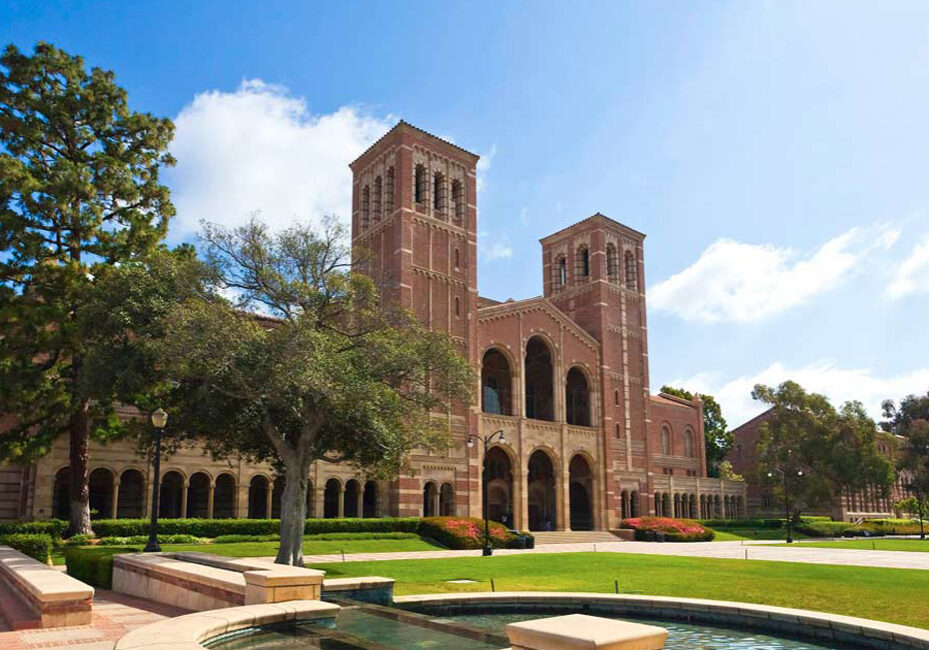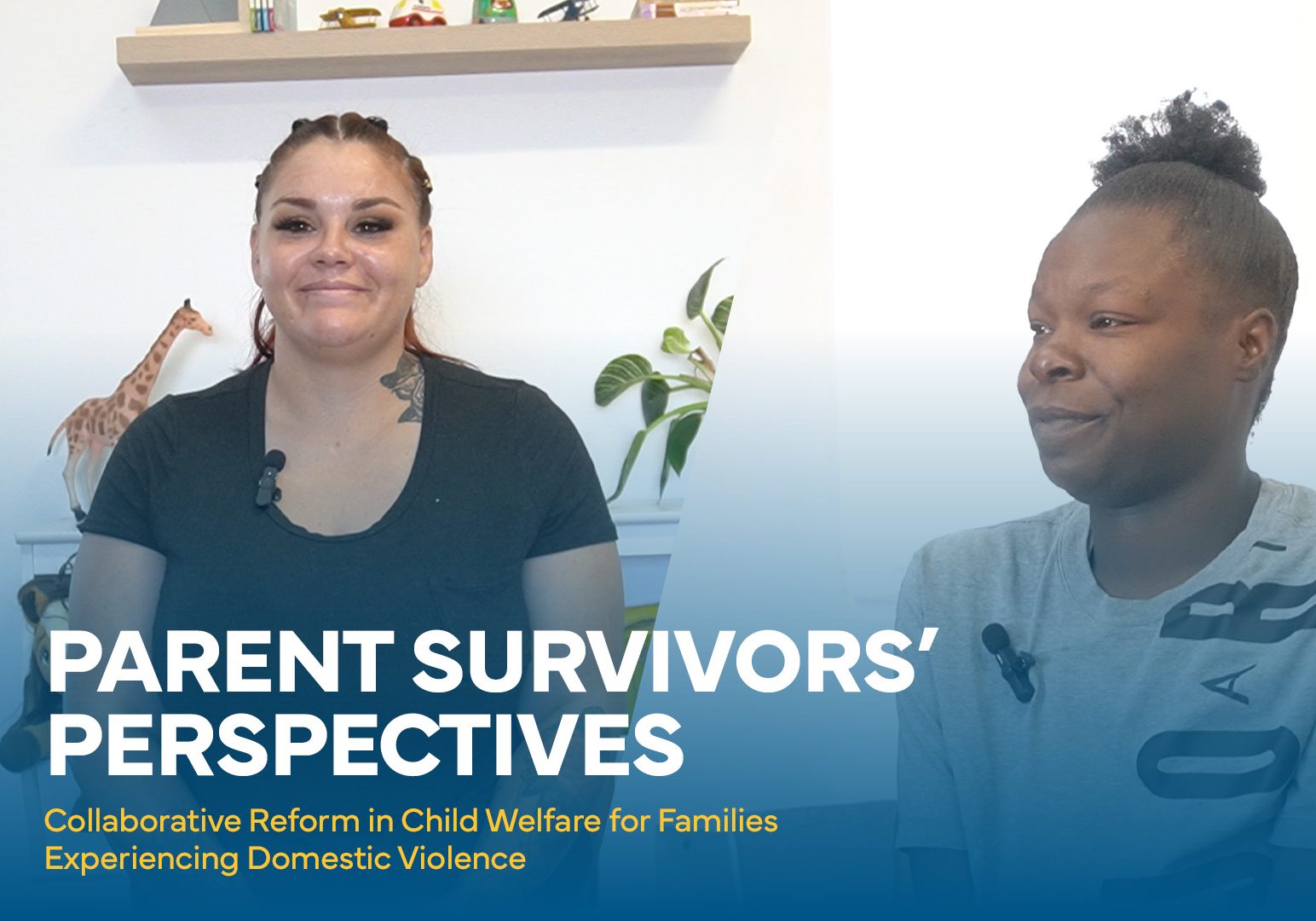Background
In 2023, the UCLA Pritzker Center launched a pilot study in partnership with Valley Oasis and DCFS Lancaster.
The Los Angeles County Department of Children and Family Services (DCFS) operates one of the largest child welfare systems in the United States. Domestic violence plays a prevalent role in the lives of system-involved families. In 2020, a collaboration between the UCLA Pritzker Center and stakeholders across Los Angeles County and subsequent report explored the role of domestic violence in the child welfare system. In 2023, the UCLA Pritzker Center launched a pilot study in partnership with Valley Oasis, a domestic violence service agency, and the DCFS Lancaster Regional Office to respond to recommendations in the earlier report.


Why the Antelope Valley?
The Antelope Valley is home to the largest number of foster care placements in LA County, serving children from families all over the county.
The Antelope Valley is located in the western Mojave Desert in northern LA County and 60 miles outside the City of Los Angeles. Significant population growth and taxed service systems present prominent challenges in the region. Resource gaps are particularly concerning for families with children given that children account for 27% of the population and more than one in five children experience poverty (American Community Survey, 2022). Emergency room visits prompted by domestic violence were highest in the Antelope Valley compared to other parts of LA County from 2010-2014 (LA Domestic Violence Council, 2020). Strained service systems struggle to provide timely services to families experiencing domestic violence and the child welfare system in the Antelope Valley. For these reasons and because the area is also a site of significant innovation and investment by community, county, non-profit, and philanthropic leaders, this research study was situated in the Antelope Valley.
what we learned
Survivors of domestic violence struggle against numerous barriers in child welfare cases.
Barriers include complex trauma, isolation in navigation, power dynamics, lack of differentiation, racial bias, secondary traumatic stress (STS), financial strain, housing shortages, limited resources/transit, and service gaps for children.
Collaboration between child welfare staff and domestic violence service providers improves support for parent survivors and their children.
Training resulted in significant knowledge gains about domestic violence. Consultation improves application of domestic violence knowledge and intervention strategies.
recommendation
Additional and tailored reform across the social and economic infrastructure of LA County is necessary to support families experiencing domestic violence.
Enhance and Scale Collaborative Efforts: Foster an ongoing partnership between DCFS Lancaster and Valley Oasis, and strategically scale similar collaborations throughout LA County to maximize impact.
Refine Domestic Violence Referrals: Implement differentiation protocols for domestic violence cases within the child abuse hotline to ensure more effective and targeted responses.
Advance Organizational Culture Change: Accelerate efforts to transform DCFS's organizational culture, actively addressing and dismantling anti-Black racism in both practice and policy.
Strengthen Responses to Secondary Traumatic Stress: Implement organizational strategies to effectively address secondary traumatic stress across social services.
Address Financial Barriers for Survivors: Develop and execute targeted strategies to eliminate financial obstacles that prevent parent survivors from escaping violent relationships.
Enhance Emergency Housing Safety and Increase Capacity: Assess motel safety and increase emergency housing and shelter capacity to protect parent survivors and their children.
Invigorate Domestic Violence Programming: Enhance domestic violence classes for parent survivors, ensuring accessibility, particularly for working parents.
Expand Mental Health and Childcare Access: Prioritize mental health services and affordable childcare to support parent survivors and their children.
Strengthen Public Transit in Antelope Valley: Improve public transit options in the Antelope Valley to boost mobility for parent survivors.
Quotes from Parent Focus Group Discussions
Ripping her away from home is not only emotional for me, but emotional for my daughter. Like, she brings up certain toys or her pets or — we had to leave, you know we didn’t get a chance to get everything. So that’s just kind of how I feel joining the program. […] I just didn’t feel as willful, strong. It was just a sense of failure.
Parent focus group 3, P3
I was really, really happy to be able to raise her without having her taken [by child welfare]. I mean, of course, I had [child welfare] called on me, but she never got [taken] and the case never went anywhere but a 30-day. It was over and done with because I strive to be the best parent that I can be given what was given to me. [...] I had to break the cycle somewhere. And right there is where it starts.
Parent focus group 1, P2
This study was supported by the Blue Shield Foundation of California, Van Nuys Charities, and Pritzker Foster Care Initiative.




